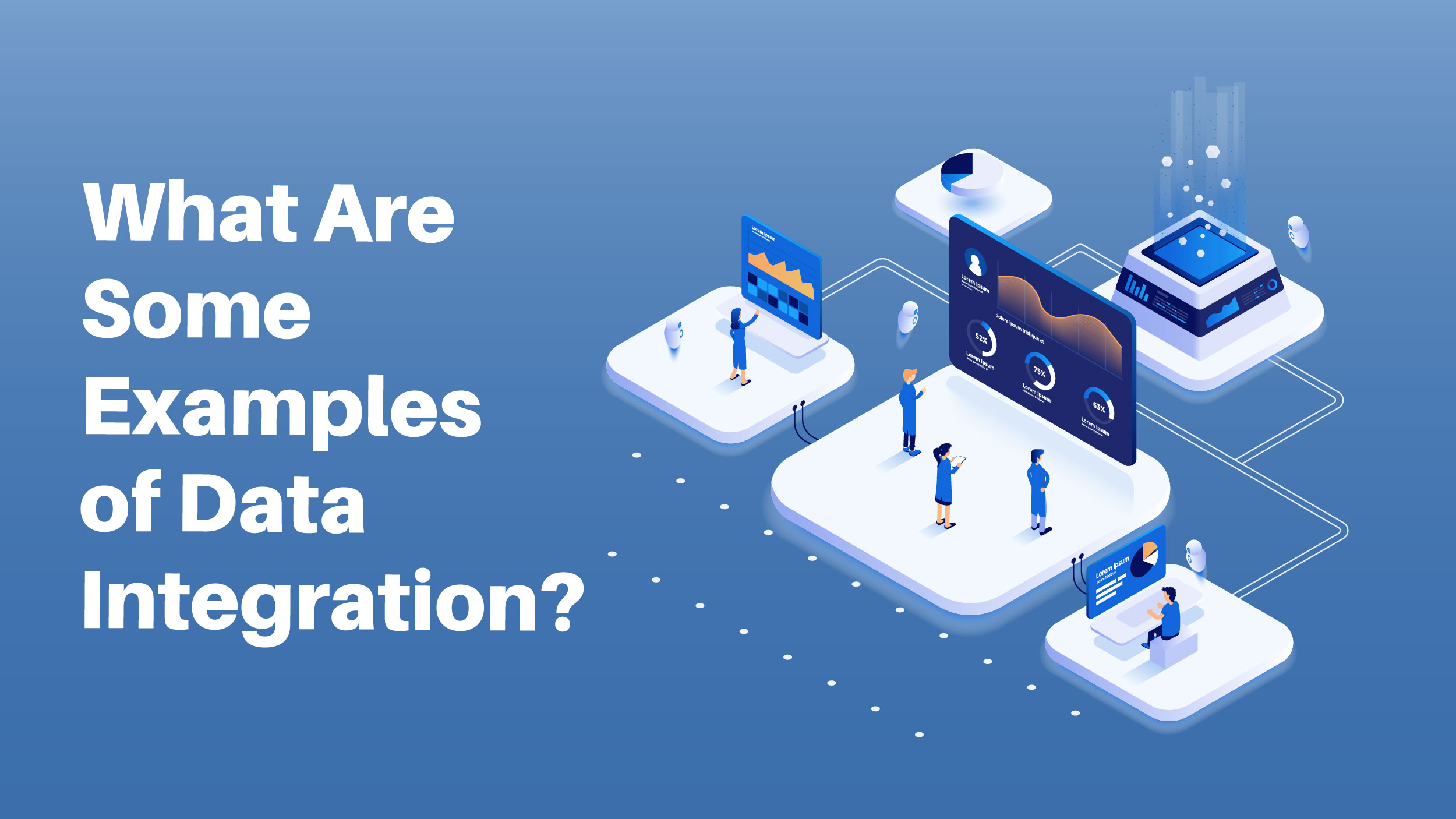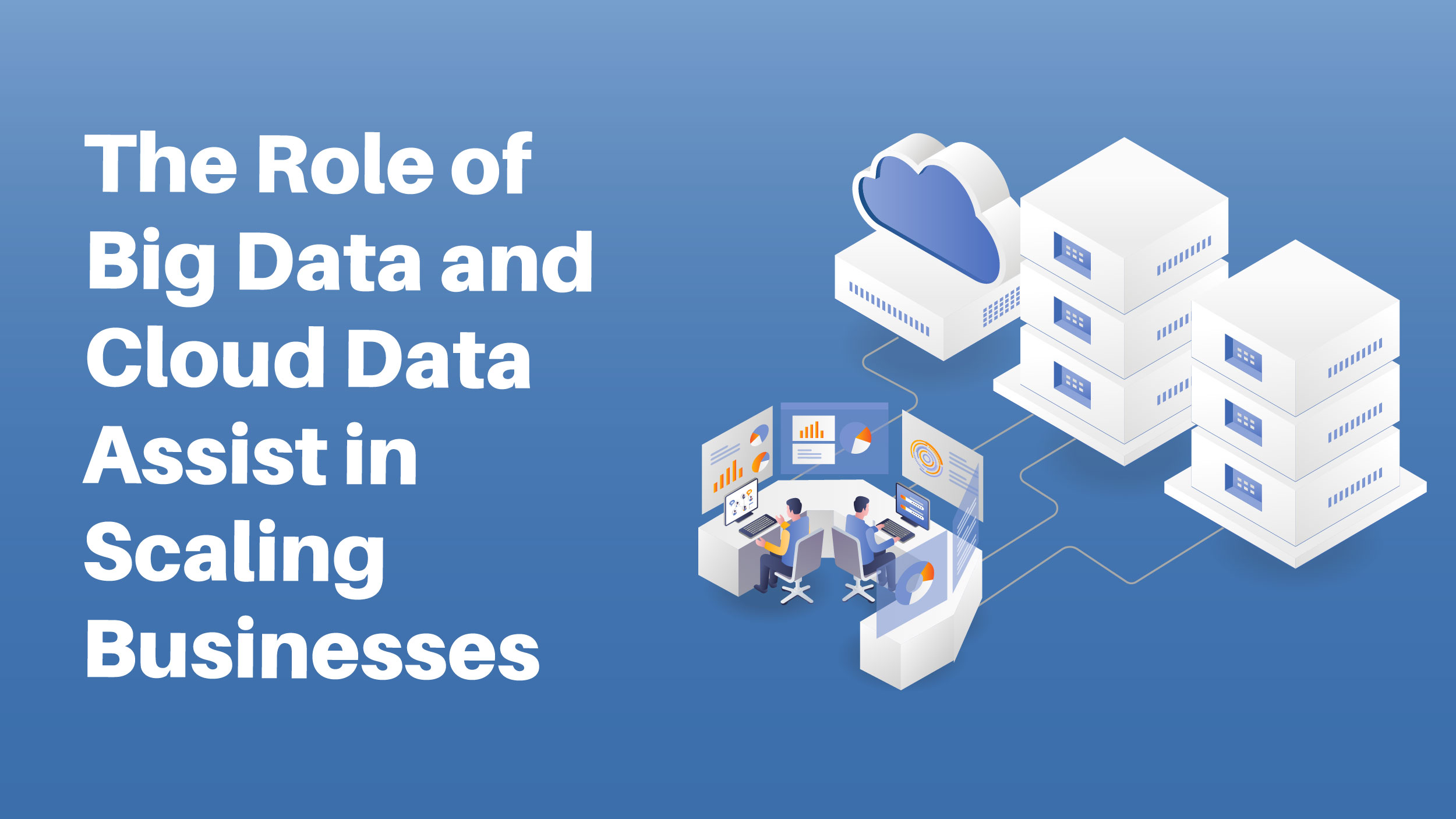Today, companies must deal with enormous amounts of data that are housed in numerous locations and come from various sources. When data is spread across several platforms, it can be challenging to get a clear picture of the details. Gaining a thorough understanding of aggregated data can be extremely beneficial when making decisions, which is why having a data integration tool is important.
Without having a complete picture of the scenario, it is impossible to know where the specifics are involved or how they connect with other pieces of data, which provides knowledge that is otherwise buried or difficult to access.
The ability to comprehend all facets of organizational data enables leaders to confidently evaluate both their own company’s operations and its competitive environment.
By incorporating data integration tools into the data ecosystem, it is possible to merge the separated data from many sites, transform it into a comprehensible form, and then load it into a centralized data storage unit to provide insightful business information.
Let’s dive in and understand how you can leverage data integration tools to drive your business’ success in 2023.
What Are Data Integration Tools?
Data integration tools are software-based tools that take in, combine, transform, and transmit data from its originating source(s) to a destination. They also execute mappings, formatting, concatenations, and other transformations as necessary in order to guarantee that the data is consistent, correct, and up-to-date.
Through the elimination of manual processes and the assurance of data quality across various systems and applications, these solutions assist organizations in managing their data more effectively. In the end, they merge the data into a “single source of truth” location, like a data lake or data warehouse.
How to Choose Data Integration Tools?
It is crucial to select a data Integration tool most suitable for you out of the many excellent options available. What are the key criteria to consider when identifying the most appropriate data integration platform for your use case? Here are some things to keep in mind:
- Scalability-Supported Data Sources
- Integrity and Security
- Real-Time Data Access
- Data Transformation
What Are Some Examples of Data Integration?

The process of incorporating, combining, converting, and transporting data from many sources to a single destination is one example of data integration. This may include information from file systems, databases, cloud services, and so on.
Examples of data integration use cases include the following: acquiring new users by combining data from Facebook and Google Ads; tracking events on a website and in a mobile application using Google Analytics; combining demographic data and social media activity to understand behavior; and combining customer data from CRM systems, web traffic, and marketing operations to create a 360-degree view of customer interactions.
Other instances of data integration can be found in sectors like retail, healthcare, finance, marketing, telecommunications, and rating. Data integration can be carried out using a variety of approaches, including ETL (extract, transform and load), streaming, application integration (API), and data virtualization.
Some of the best data integration tools available include Hevo Data, IRI Voracity, and Altova MapForce.
Why Use Data Integration Tools?
Data integration must be scalable and multi-cloud compatible in today’s ever-changing world. Manual data integration takes up a lot of technical bandwidth and is time-consuming, expensive, and prone to errors. It is undoubtedly a laborious task that necessitates constant data ecosystem monitoring to ensure that no data is lost.
Data integration tools were developed in response to this problem to give businesses the flexibility and scalability they need to keep up with emerging big data use cases. Data integration technologies can help streamline the procedure and make it effective and hassle-free.
Major Types of Data Integration Tools
Below are the top four different types of data integration tools:
- On-premises: This kind of data integration tool is the recommended option for firms that need to mix data in a range of formats from various on-premises or local sources. With native connectors that have been optimized for batch loading from multiple data sources, they are housed on a local network or private cloud.
- Cloud-based: Organizations can access and manage apps and data from numerous sources in a cloud-based data warehouse using cloud-based data integration technologies, often known as integration platforms as a service (iPaaS). It enables the company to monitor and manage several apps from a single, centralized system by dismantling software barriers. Cloud integration tools serve as a bridge for IT teams, helping them overcome the digital divide. By seamlessly integrating multiple cloud-based applications, these tools consolidate disparate systems into a unified platform.
- Open-source: Open-source is a go-to option for companies that don’t want to use expensive corporate software. Besides, this also facilitates total authority over the internal data.
- Proprietary: The only distinction between these tools and open-source ones is their price. They are primarily developed to efficiently address certain corporate use cases.
The Role of Big Data and Cloud Data Assist in Scaling Businesses

In today’s data-driven landscape, organizations face the challenge of managing and leveraging vast amounts of information efficiently. This is where big data integration tools and cloud data integration tools play a crucial role. Big data integration tools enable businesses to extract, transform, and load large volumes of data from various sources, providing a consolidated view for analysis and insights.
On the other hand, cloud data integration tools facilitate the seamless movement and synchronization of data between cloud-based systems and on-premises infrastructure, enabling organizations to leverage the scalability and flexibility of the cloud.
By leveraging both big data integration and cloud data integration tools, businesses can unlock the true potential of their data, make informed decisions, and gain a competitive edge in the digital age.
Wrapping Up
Setting up an effective system for integrating data can be challenging due to issues with data quality, differences in data format and structure, and security concerns.
Data integration tools can assist firms in better understanding their data, enhancing decision-making, and ensuring regulatory compliance. Data integration solutions enable businesses to combine data from diverse sources, making it more accessible and useful, irrespective of whether a firm manages big data or cloud-based data.
The significance of data integration will only increase as organizations continue to generate copious amounts of data, making these solutions even more crucial for firms that wish to succeed in today’s data-driven world.




